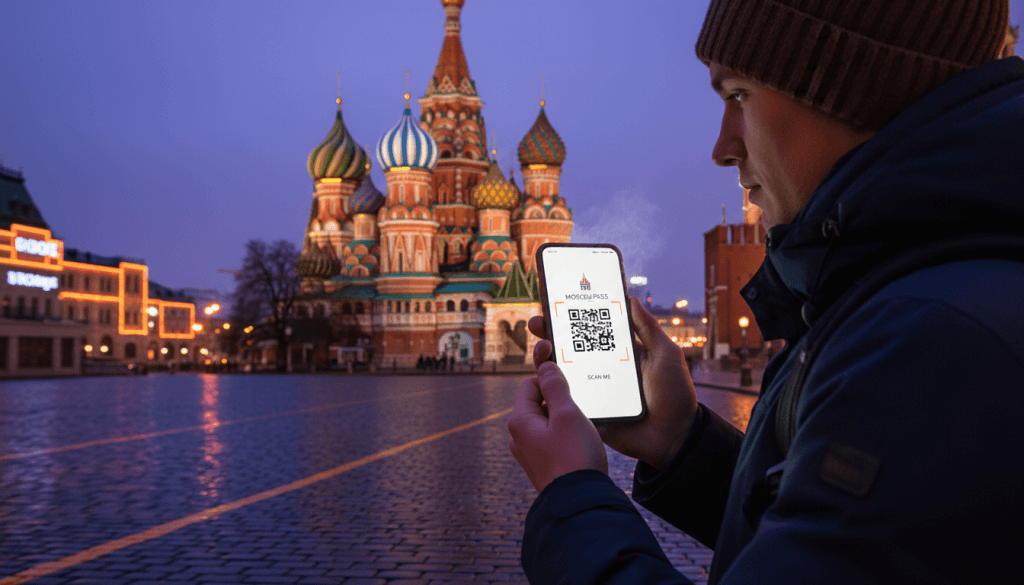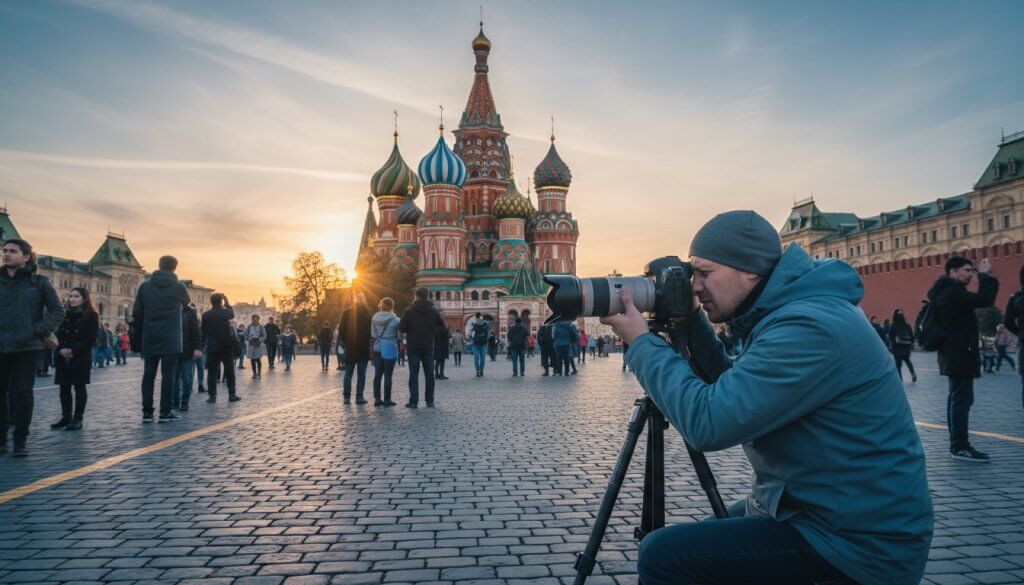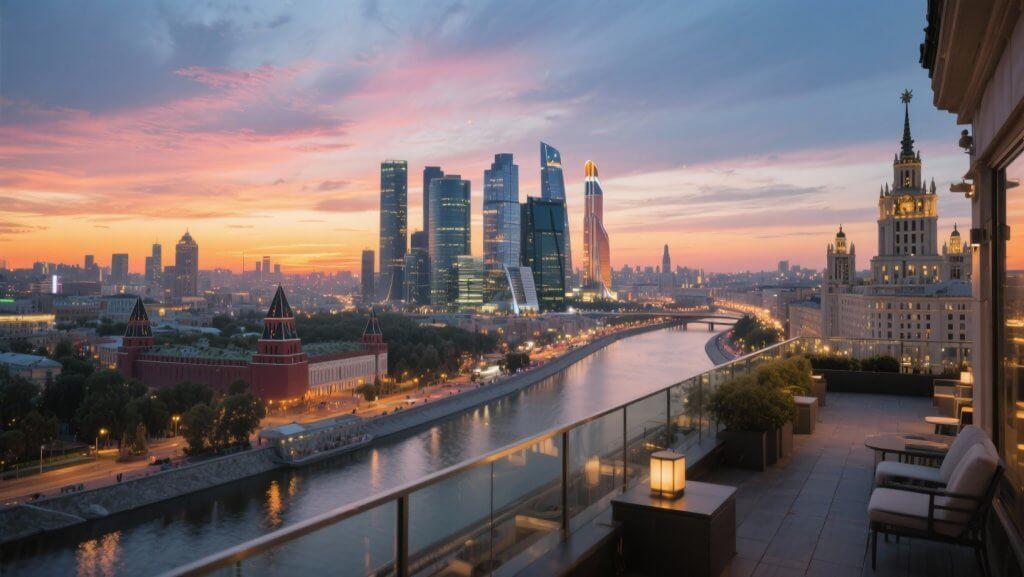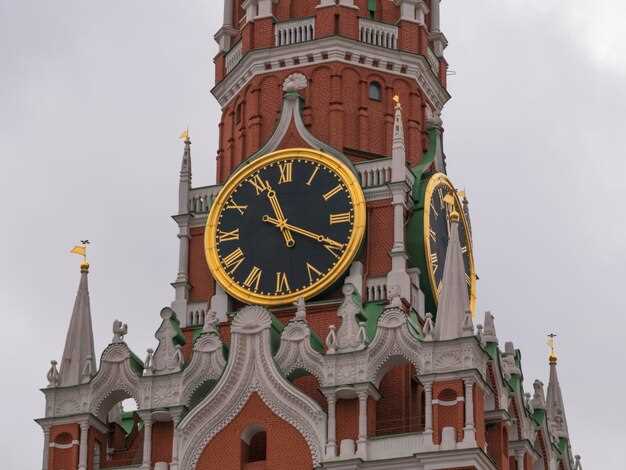Book your Moscow bus ticket at least 48 hours before travel to lock in the lowest fares and best seats. Then confirm your itinerary on the operator’s site or a trusted app and keep a digital or printed ticket handy. From boston, many travelers connect through a central transit hub, so having the ticket ready saves time at the station.
Schedules vary by operator and season; most routes run daily, with additional departures during holidays. Usually, long-distance buses depart in the afternoon and pass through major streets before entering the city center. Check the following day’s timetable on the official site for exact times, including late-night options.
Ticket types include economy seats and standard options; fares depend on distance and demand. Passes may offer multi-ride discounts for travelers who plan several trips, and some operators run promotions for students or groups. Fares typically range from 20 to 60 USD, with premium seats costing a bit more; always compare at least two operators to find the best value.
Facilities on board can vary; many long-distance buses provide wifi, power outlets, and a toilet, but some services offer only basic amenities. If you want more comfort, choose a bus labeled with extra facilities and a larger luggage allowance. When you arrive, local buses and trolleybuses connect you to central districts, so plan for a short transfer from the terminal to a fast transit line near a palace or historic street.
Tips for travelers who prefer simplicity: verify the stop location in Moscow, since some operators use private stations outside the ring road. Most arrivals drop you near the city center, where urban buses and trolleybuses run often. In Moscow, a good plan is to buy a day pass when you plan several trips, as it saves money over single fares; many passes are valid on both buses and street networks. The city receives a million visitors annually, so expect crowds near popular landmarks and along main streets leading to notable sites like the Red Square and the palace complex.
Key routes and operators from Moscow to Saint Petersburg
Take a direct express bus from Moscow to Saint Petersburg on Friday morning to beat peak traffic and keep the trip predictable.
The main corridor follows the M10 highway along the river toward the cultural capital, with Saint Petersburg’s skyline rising over the Neva as you approach the city.
Several established operators drive this line, they manage a sizable fleet and run dozens of busses daily, especially on weekends when demand climbs. They offer flexible tickets for short-term trips and longer stays.
First busses usually leave Moscow around 04:00–05:00, while the last departures arrive in Saint Petersburg after 22:00. Express trips run 7–9 hours; with slower services or more stops, 10–12 hours is possible.
Friday departures draw the largest crowds; to avoid price spikes, compare options online and book ahead. Off-peak departures, typically midday or early morning, often carry lower fares and quieter cabins.
Tickets and booking: use official sites or trusted platforms; they display number of seats left, departure times, and boarding points. entering the cabin, show your ticket at the entrance, and inside you’ll find the assigned seat and bag compartments.
If you travel with a family or a group, plan your move early to secure seats together; onboard routes vary by company, so check what’s offered before you select a service.
Visa rules apply only to international travelers; for domestic trips a passport is enough, but keep your ID ready if you cross regional checkpoints. The capital to SPB route remains a practical option for those who want to avoid flights and save time on busy days.
The Moscow–Saint Petersburg line is famous enough for its reliability and steady timetable; this makes it a popular choice for culture-focused trips, short breaks, or quick business moves along the river corridor.
Timetable comparison by departure windows: morning, daytime, and night
Book the morning window for Moscow-bound travel; official schedules show the highest frequency before 10:00, reducing transfer needs and giving you a clear plan for arrival in daylight.
Morning departures typically run 05:30–10:30 with 4–8 daily options on major lines to Moscow. These services use the fastest roads during lighter traffic, and you’ll often reach the city center earlier, leaving time to visit palaces or stroll through beautiful streets. If you start near Peterhof, a short move to a central station unlocks direct Moscow connections and more mobility on the day of travel.
Daytime travel (10:30–17:00) offers flexibility for plan changes, shopping, or a scenic stop in villages along the way. Transport time ranges from 6 to 8 hours depending on traffic and weather, and lines appear every 2–3 hours on popular routes. Check the page of the operator for time and date specifics, and note that some lines indicate potential delays while you wait in the terminal.
Night departures (18:00–02:00) save on fares and often have quieter stations, but they come with reduced frequency. The last buses to Moscow from the region may depart around 22:30–01:00; confirm the date and last stops on the official site, as some routes pause at smaller towns. If you hear about late-night options, have a plan for airport or hotel transfer and consider a taxi from the final stop for the shortest walk.
Alternatives like blablacar provide a flexible option when you want to combine travel time with a conversational pace, especially on Sundays or during shoulder seasons. For international travel, verify visa requirements and entry dates on the official travel page, then map a plan that balances time, time on the road, and your mobility needs. In any case, compare lines, time, and date details to choose the best rhythm–whether you aim to visit Nizhny or stay near Peterhof, you’ll find a fit that suits your travel style and budget.
Ticket types, prices, and transfer rules across operators
Check prices and transfer rules here before you book to avoid missing a cheaper option or a tight transfer. Best deals appear when you book early; Tuesday offers can yield extra savings as prices track changes by demand. Compare at least three operators for your route.
Prices vary by operator and route, so compare at least three options. According to each operator, a transfer may be included with the ticket or require a separate purchase. Some tickets are priced per leg, while others offer a bundled price for a sequence of journeys. Arrival times and the availability of transfers depend on the hub you pick, for example Dusseldorf or Philadelphia-based routes.
Ticket options at a glance
Ticket types you’ll see: single-ride, return, day passes, and multi-ride passes. Single-ride covers one leg; return gives a return within a set window; day passes let you ride multiple times in a day; multi-ride passes allow several journeys at a discount. Some providers publish fixed prices for popular lines, while others use dynamic pricing that changes by times and demand.
Transfer rules and practical tips
Transfer rules across operators: some tickets allow free transfers within a set window, while others require separate tickets for each leg. Check the transfer details; here you can see what theyre rules apply, including allowed arrival times and how to switch lines. One common barrier is delays that push you past the transfer window. If a transfer is included, the itinerary will show the arrival and the next departure; otherwise, plan to check here for alternatives or rebooking options. For example, routes such as Dusseldorf to Prague or Philadelphia to New York illustrate the variety in how lines handle connections. Always review the times and directions on your ticket to avoid surprises, and note driver changes and line switches so you can track your next stop.
Where to buy tickets: online platforms, apps, and ticket offices
Book online 24–72 hours ahead to secure the best seats on popular routes and view duration, time, and price in one place. In severnye areas, online platforms list arrivals and transfers with clear maps, and you may glimpse palaces and residence districts along the way.
severnye regions often have tighter transfer windows, so check the time before you buy.
Online platforms and apps
- First, check timetable and view time and duration before booking.
- Official operator site and mobile app: quick checkout, real-time updates, and the option to choose a seat when available, including compartments on longer routes.
- Trusted aggregators: compare departures to Moscow and your destinations, filter by duration, and pick a route that fits your arrival plan.
- Payments: mastercard and other cards are accepted; use apple Pay for quick checkout.
- Transfers and multi-leg trips: the platform shows transfer times and the door-to-door path between coaches.
- Booked tickets: you receive an e-ticket with a barcode; save to your device and present at the door.
- Offline access: export tickets to a wallet or save a copy for areas with weak signal.
- troika notes: in some cases, you can use a troika card for city transit; long-distance tickets are usually paid online or at a staffed desk.
- trolleybuses: if your plan includes city hops after arrival, view transfer options that link to trolleybuses.
Ticket offices and on-site purchases
- Staffed counters at major stations handle cash and cards; these are ideal if you need help choosing a destination or seat.
- Bring ID and any residence information required; desk staff can print linked tickets and suggest better options for your plan.
- Ask about seat types: standard seats, better-view seats, or compartments on longer trips; confirm availability before purchase.
- Open hours vary; counters stay staffed until the last departure for the day, so plan accordingly.
- For transfers or multi-destinations, staff can print linked itineraries and guide you to the correct platform or pickup point.
- Discounts: some desks offer local resident discounts; pay with cards or cash; until sold out.
Onboard tips: boarding, luggage, seating, and amenities
Choose a seat near the front to speed boarding and exiting, and to hear crew announcements clearly while entering the bus.
What you carry matters for a smooth trip: keep essential items in a small bag within reach, and place heavier items in the overhead bin or under the seat in front of you. Have tickets ready on your phone or in print; verify hours and pickup points on websites; this saves delays at boarding gates. Theres a quick seat-number display as you scan your ticket, and seat availability updates in real time on the app, showing you the best option for your group.
Female travelers can request priority seating or assistance; accessibility options vary by operator, so check details on the booking page to ensure enough space for your needs.
Seat selection and classes
| Class | Seat description | Power | Luggage | Amenities | Notes |
|---|---|---|---|---|---|
| Standard | Mid-aisle, typical width | USB in some rows | 1 carry-on, 1 personal item | Wi‑Fi varies; bottled water on longer legs | Check-in shows seat assignments; options depend on operator |
| Premium | Front rows, extra legroom | USB and/or AC outlets | 2 bags | Headphones, reading light | Reservations recommended; prices differ by route |
Routes near the Volga region or passing through canal towns (kanal) may offer different seating layouts, so review the exact car shown in your ticket. The Atlantic corridors sometimes provide longer rest stops and enhanced amenities; there’s value in checking what each option includes on the operator websites and during checkout.
There are enough details on partner pages to inform your choice, including what the bertcompanycountonecompanyname label means for your itinerary and which companies operate together on your route. If you visit public transport portals for Moscow-bound trips, you’ll see how hours and showtimes align with your plans in real time.
Luggage and onboard amenities
Checked baggage policies vary by operator; most lines allow a carry-on and a personal item by default, with paid options for additional bags. Always confirm weight limits and fees on tickets and at the counter. Label bags clearly and keep valuables in your reach bag to avoid delays during boarding.
Onboard amenities differ by class: standard cars offer basic comfort and steady Wi‑Fi where available, while premium options add extra legroom, power, and complimentary water. White headrests and contemporary interior styling create a more comfortable atmosphere on long legs, and some buses provide USB charging and quiet zones for female travelers or those who need a calmer section of the bus. If you plan a visit to Moscow from Dusseldorf or other starting points, you’ll appreciate the clearer layouts and sharper attention to comfort on longer legs.
Public stations and terminal portals near canals (kanal) often display real-time gate and seating updates, which can help you plan a smoother transfer if your trip includes a stopover. When you check your tickets, you’ll see the options, and you can decide what best matches your schedule and budget.

 Bus to Moscow – Schedules, Tickets, and Travel Tips">
Bus to Moscow – Schedules, Tickets, and Travel Tips">

 ">
">
 How to Use Technology to Enhance Your Moscow Trip">
How to Use Technology to Enhance Your Moscow Trip">
 Tips for Photographing Moscow’s Iconic Landmarks">
Tips for Photographing Moscow’s Iconic Landmarks">
 Cultural Etiquette in Moscow: A Guide for Foreign Visitors">
Cultural Etiquette in Moscow: A Guide for Foreign Visitors">
 Moscow from Above: A Guide to Moscow’s Best Rooftop Views Where to Find Them">
Moscow from Above: A Guide to Moscow’s Best Rooftop Views Where to Find Them">
 Peter the Great Statue in London – Robbery Damage Sparks Russia-UK Repair Funding Debate">
Peter the Great Statue in London – Robbery Damage Sparks Russia-UK Repair Funding Debate">
 Top 10 Day Trip Destinations from Moscow – Quick Weekend Getaways">
Top 10 Day Trip Destinations from Moscow – Quick Weekend Getaways">
 Spasskaya Tower – The Kremlin’s Clock Tower – History, Architecture, and Visiting Guide">
Spasskaya Tower – The Kremlin’s Clock Tower – History, Architecture, and Visiting Guide">
 What to See in Moscow – Monuments and Tourist Attractions">
What to See in Moscow – Monuments and Tourist Attractions">
 Bunker 42 Cold War Museum – Opening Times, Prices, and Location">
Bunker 42 Cold War Museum – Opening Times, Prices, and Location">